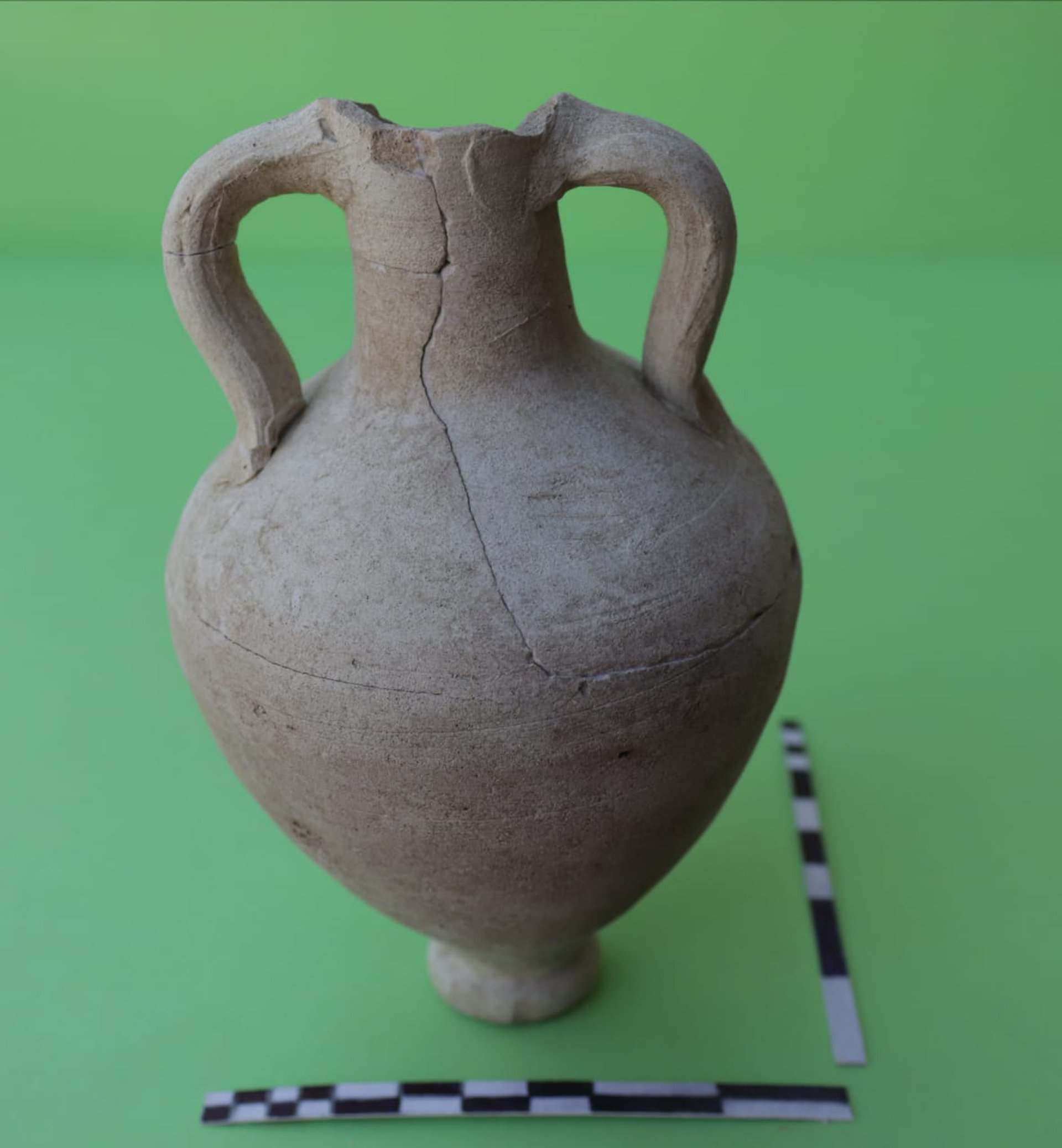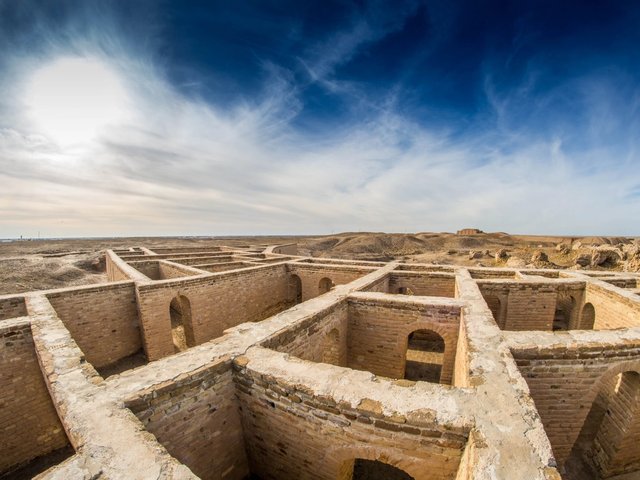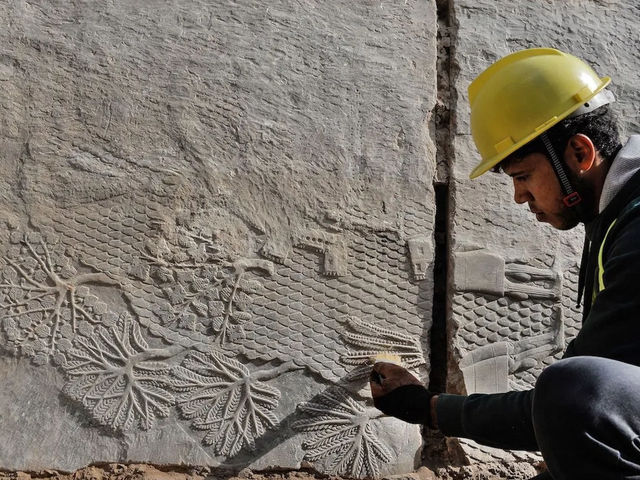An archaeological dig in Al-Suwaira, some 60km south of Baghdad, has revealed an ancient Parthian (247BC to 224AD) city and unearthed more than 200 artefacts. According to a statement from Iraq's State Board of Antiquities and Heritage (SBAH) the recently completed 150-day mission took place in Abu Ghafil, near the Al-Suwaira air base, and revealed wooden residential structures as well as 233 artefacts that were sent to the Iraq Museum in Baghdad.
“It was a salvage project to dig two mounds at the site of Abu Ghafil," the archaeologist Mohammed Sabri, the head of the expedition, explains. "The main discovery was a manufacturing and residential settlement of the Parthian period, which I believe was a kind of a vassal settlement.”
The artefacts that were found during excavation, he says, are mainly household items and include “a typical, simple Parthian jar with a tipped base that was common in that era”. The Parthian empire was located on the Silk Road trade route between the Roman Empire in the Mediterranean Basin and the Han Dynasty of China, and it encompassed Persian, Hellenistic and regional cultures.

Around 233 artefacts have been sent to the Iraq Museum in Baghdad, including this well-preserved vase Courtesy of Iraq's State Board of Antiquities and Heritage
Sabri says that the site, near the air base that defended Baghdad against Iranian missiles in the 1980s, was officially discovered in 2017 but that it may have been referenced in a mid-20th century survey conducted by the US archaeologist and scholar McGuire Gibson.
“In accordance with the latest surveys conducted by Iraqi staff of the SBAH, we have about 15,000 archaeological sites, registered and non-registered [in Iraq]” he explains. “Some were registered from the beginning of the last century and even before that. To dig this number of sites we will need millions of years since it is a precise, scientific work that requires patience, trillions of dinars, and tens of thousands of archaeologists to supervise the work.”
The SBAH has long-term plans, he says, “to dig a specific number of sites for scientific and other practical reasons, besides the restoration, rehabilitation and survey projects in our ancient and heritage sites”.
Chaos and instability unleashed after the 2003 invasion, Isis's reign of terror as well as the recent pandemic have slowed some of SBAH’s work. But the archaeologist Tobin Hartnell of the American University of Iraq, Sulaimani—who will accompany a tour of ancient sites this fall organised by the Detroit-based tourism company Spiekermann Travel—notes that, even before 2003, “Under Saddam, the Parthian era sites were often overlooked as their restoration could appear to be glorifying the Persian empire at the time of the Iran/Iraq war”.
The exception, Hartnell says, was Hatra (recently restored post-Isis) which was celebrated and maintained by Saddam because of its association with "Arab kings". He says: “Lots of major projects were focused more on the ancient Tigris/Euphrates area rather than Wasit that was further east and closer to Iran. Just another reason why this is an underappreciated part of Iraq’s heritage.”
Hartnell says the new discovery is significant. “Wasit was a major industrial region of ancient and medieval Iraq whose history will be illuminated by this project.”




